Wind and waves
After a relatively stable performance in the first two months of the year, the VND/USD exchange rate has recorded strong fluctuations since March 2025, despite the downward trend of the US Dollar Index (DXY) to a three-year low. By the end of last week (May 9), the listed exchange rate at Vietcombank was 25,790 VND/USD (buy by transfer) and 26,150 VND/USD (sell), up 2.34% compared to the beginning of the year.
Compared to the end of April, when the selling rate at banks was as high as 26,200 VND/USD, and the USD price on the unofficial market exceeded 26,500 VND/USD, the exchange rate has somewhat “cooled down”. However, this is still a fairly high depreciation rate.
Not only USD, many other exchange rate pairs also recorded strong fluctuations in the first quarter and April. Euro and Japanese Yen (JPY) both increased sharply, when it took 30,025 VND to exchange one Euro and 183.65 VND to exchange one JPY, according to the update at the end of May 9. Compared to the beginning of the year, the VND/EUR and VND/JPY exchange rates both increased by more than 10%.
In the context of very low foreign exchange reserves, only about 2.4 months of imports, the State Bank of Vietnam (SBV) will find it difficult to intervene strongly in stabilizing the exchange rate. According to the Analysis Center of SHS Securities Company, the recent exchange rate fluctuations clearly demonstrate the role of the SBV as a "soft anchor", when there is intervention when necessary, but still letting the market self-regulate.
Along with that, the market has recently recorded foreign currency demand from the State Treasury and import enterprises overwhelming supply, despite the excess liquidity of the VND system. The most congested point, according to SHS experts, is that the market is in a state of uncertainty, as cash flows are cautious about tariff risks.
However, SHS Analysis Center forecasts that the VND/USD exchange rate has shifted from pressure to stability as domestic cash flow becomes redundant and the strength of the USD, reflected in the DXY Index, remains low.
Sharing the same view, in the May strategy report, experts from SSI Securities Company also expect that, with the current developments of the DXY Index and USD interest rates in the world market, the pressure on Vietnam's domestic currency will no longer be too high, even in the context of a trade war.
Additional financial burden
According to statistics from Guotai Junan Securities Company, in the 10-year historical period of 2012-2022, the average exchange rate increased by about 1.8-2% per year. However, with fluctuations in domestic and international financial markets, or moves by the US Federal Reserve (Fed) and many central banks to curb inflation in 2022..., the exchange rate in Vietnam tends to fluctuate more strongly, with an increase of about 4-5% in recent years.
Fluctuations in the foreign exchange market in many exchange rate pairs have therefore become a regular factor affecting the business results of enterprises, especially for groups of enterprises that rely heavily on import-export activities, and companies with loans in foreign currencies.
With the local currency depreciating against many important foreign currencies, the first quarter profits of many businesses were significantly affected. The increase in exchange rate caused import businesses to increase costs when importing raw materials.
As for PetroVietnam Fertilizer and Chemicals Corporation - JSC (Phu My Fertilizer), at the 2024 Annual General Meeting of Shareholders, assessing the impact of the US tariff policy, the company's leaders stated that there would not be any direct impacts on production and business activities, but they may face risks of exchange rate fluctuations. The reason is that the price of input materials, mainly gas, is determined based on the conversion rate of VND/USD.
Meanwhile, the business results of Vietnam Oil Corporation (PV Oil) in the first quarter of the year suffered double losses, both due to falling oil prices and the negative impact of exchange rates, as exchange rate profit decreased by 90%, while exchange rate loss increased. Although net revenue still grew by 11%, along with efforts to reduce sales and business management costs, PV Oil's after-tax profit still decreased by 89% compared to the same period.
The financial performance of Airports Corporation of Vietnam (ACV) also recorded negative results, in contrast to the same period last year, due to the performance of the JPY. The JPY appreciated by 5.2% against the VND in the first quarter of the year, causing ACV to lose nearly VND250 billion in net exchange rate. However, the improvement in core business activities pushed after-tax profit in the first quarter of 2025 up 6.8% to VND2,713 billion.
Source: https://baodautu.vn/bien-dong-ty-gia-keo-lui-loi-nhuan-doanh-nghiep-d281746.html


![[Photo] Festival of accompanying young workers in 2025](https://vphoto.vietnam.vn/thumb/1200x675/vietnam/resource/IMAGE/2025/5/25/7bae0f5204ca48ae833ab14d7290dbc3)
![[Photo] President Luong Cuong receives Lao Vice President Pany Yathotou](https://vphoto.vietnam.vn/thumb/1200x675/vietnam/resource/IMAGE/2025/5/25/958c0c66375f48269e277c8e1e7f1545)

![[Photo] The coffin of former President Tran Duc Luong arrives in Quang Ngai](https://vphoto.vietnam.vn/thumb/1200x675/vietnam/resource/IMAGE/2025/5/25/1f1aca0d92ab47deae07934e749b35e6)








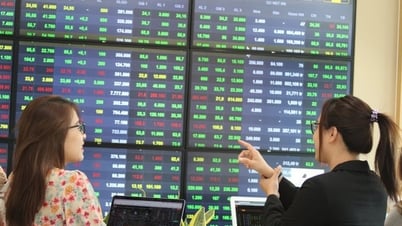









































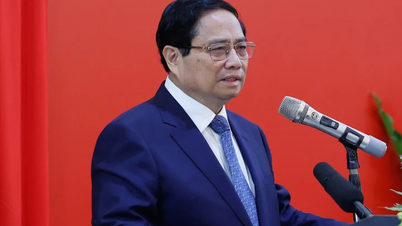

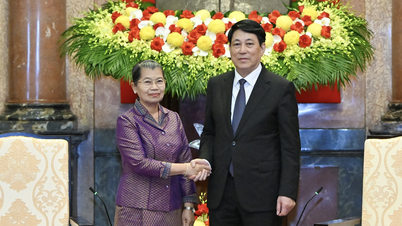


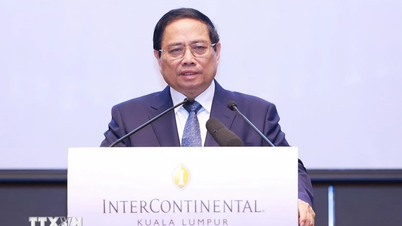
















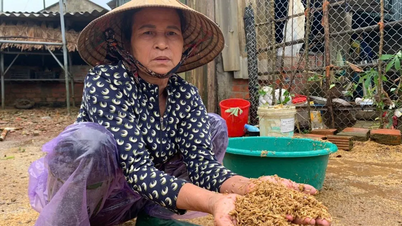







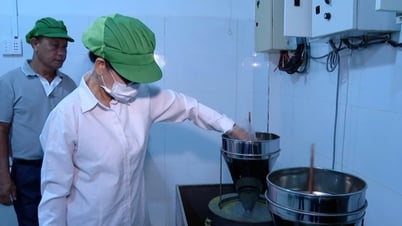





Comment (0)